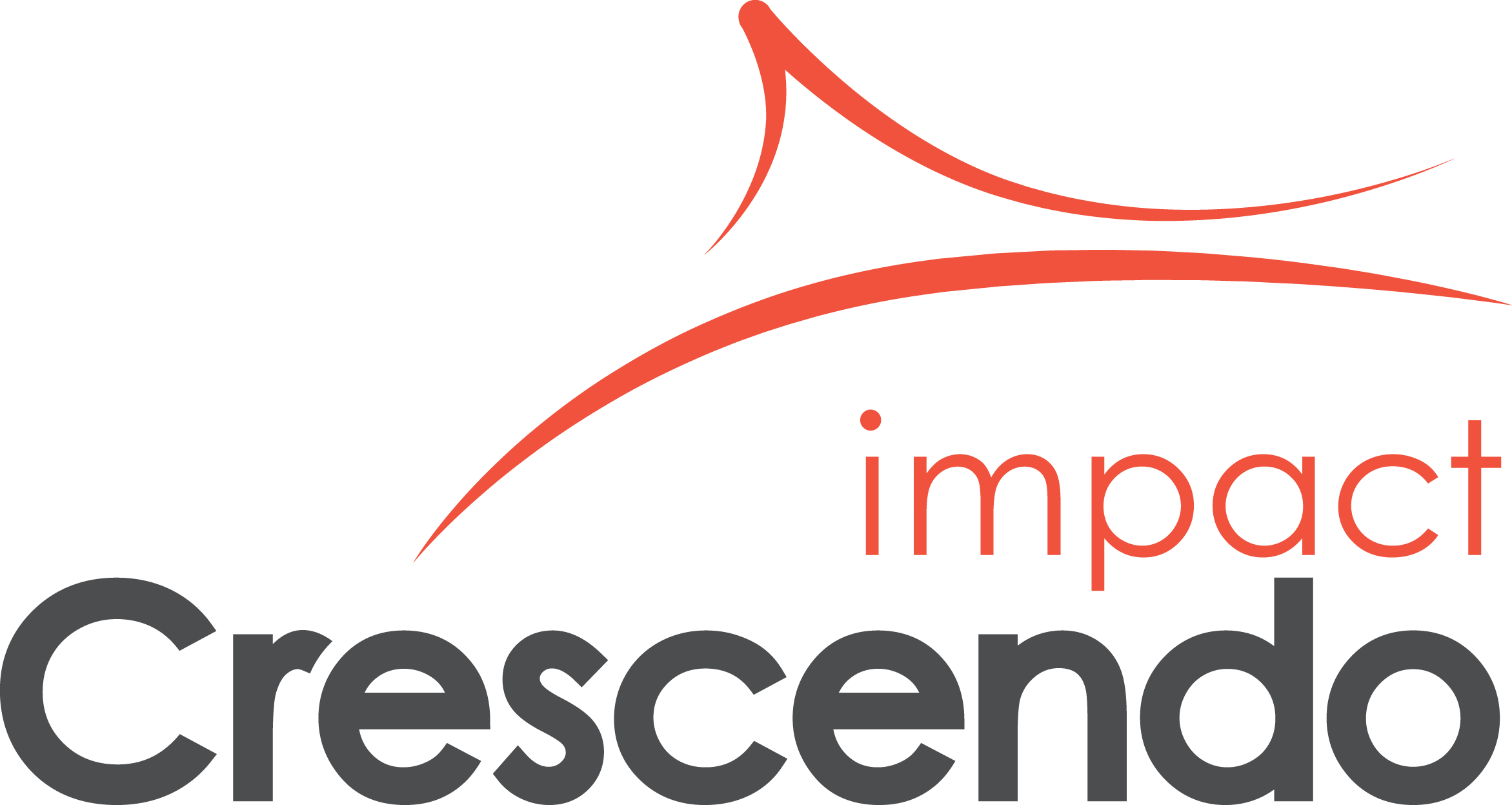This article is co-authored by Julie Gouin, Chloé Gaudet and Josiane Lévesque.
The COVID-19 pandemic has changed the way we work at a rapid pace. Remote work and flexible work arrangements have been introduced in most industries, boosting the trust and autonomy granted to teams. Will employers be able to maintain these valuable gains in the transitions ahead? Here are a few ideas to help you do just that.
The context of COVID-19 provided an opportunity to experiment on a large scale with new ways of working together. In the midst of the emergency, several teams tested new approaches and came to realize that many activities could be done remotely, even though this was considered unthinkable in the past.
Learning quickly by “trial and error”
As we tried to think outside the box, the pandemic allowed for trial and error. Who didn’t have trouble controlling their microphone when they first tried Zoom? Many people, regardless of their level of authority! We suddenly put aside “appearances” and embraced authenticity and the right to learn, together. These experiments have produced unexpected and often positive results, despite the changed context.
A new management mindset
The massive move to telecommuting has also created management changes. Leaders and their teams have faced technical challenges in figuring out how to operate effectively in this environment. They have implemented new tools and rituals and developed new skills.
They also faced adaptive challenges by having to change the way they approached work on a daily basis. For example, used to dealing with their employees day-to-day, managers had to grant increased autonomy to many workers and, in a way, trust them “by default.” Some also had to change their approach, moving away from a control mode to one of monitoring results and the well-being of their employees. One imagines that this change has led to a sense of disequilibrium for some, opening the door to evolution toward new mindsets.
We can also think that these new practices have favoured the feeling of engagement and psychological wellbeing within certain teams, since they have contributed to the satisfaction of the fundamental needs of all humans, namely autonomy, competence and social affiliation (Forest, Crevier-Braud and Gagné, 2009). It remains to be seen whether, in the longer term, these valuable gains can be maintained by employers.
Moving on to the “after” phase
But there are many consequences to turning back the clock. The belief that “work is done at work” is still strong in many communities. Suddenly withdrawing the ability to undertake and control one’s own actions could undermine trust and demotivate employees.
Here are some tips on how to manage the transition to “after”, including to a hybrid work mode:
As a leader
- Take stock of your own journey. What has changed in my perception of my role? What did I do that I would never have dared to do in the past and that had a positive effect? What did I learn about myself and the team?
- Agree with each team member on mutual expectations and needs, and the conditions for success. The “normal” pace will gradually resume through new routines. This is a good opportunity to adjust your performance indicators to reflect current priorities. The focus here should be on achieving objectives and meeting commitments, and less on controlling the means.
- If there is an issue, courageously address the state of trust between the parties. Do I doubt the other person’s integrity or intentions? Is there an issue of competence or ability to deliver results? Discussing trust openly promotes accountability and gets to the heart of the matter, rather than trying to address it with a number of control measures.
As a team
- Take stock. What are our new and innovative ways of doing things? Which ones do we want to keep? In addition to identifying best practices, such an exercise fosters a sense of ownership and empowerment by properly communicating to employees that they have an important role to play in shaping their future.
- Focus on communication. It can be useful to maintain or implement a short team meeting to share the week’s priorities. Everyone can talk about the support they will need or the strengths they can bring, and this allows for ongoing adjustments to the team’s functioning. Ex. I’m finalizing the satisfaction survey on Wednesday, so I’ll need your input by Tuesday. Sophie, you’re good with graphics, could you give me some guidance on how to present the results?
- Establish a team code to define collective commitments that are essential to the success and wellbeing of all. Here, we should highlight the common values and identify the associated behaviours. For example, collaboration : everyone is in control of their own work schedule, as long as availability periods are respected and known by all. The Thursday team meeting is a must for everyone.
As an organization
- Identify collective insights by facilitating sessions or surveying teams. What have we tried and learned? Based on the challenges and progress, what practices would be sustainable for the organization? Also question the beliefs that underlie the analysis of the sustainability of certain practices in the long term. For example, how might our current beliefs be limiting given the current and future reality?
- Review what’s expected of leaders and adapt developmental resources. Does the organization give leaders sufficient trust and autonomy? What organizational controls were unnecessary during the crisis? What competency gaps were revealed that could be addressed through development activities?
This article was originally published in French in Revue RH, volume 23, n.2, 2020,
References
FOREST, Jacques, Laurence Crevier-Braud & Marylène Gagné (2009, July). « Mieux comprendre la motivation au travail ». Effectif, vol. 12, no 3. Repéré à : /ressources/revue-rh/archives/mieux-comprendre-la-motivation-au-travail.


